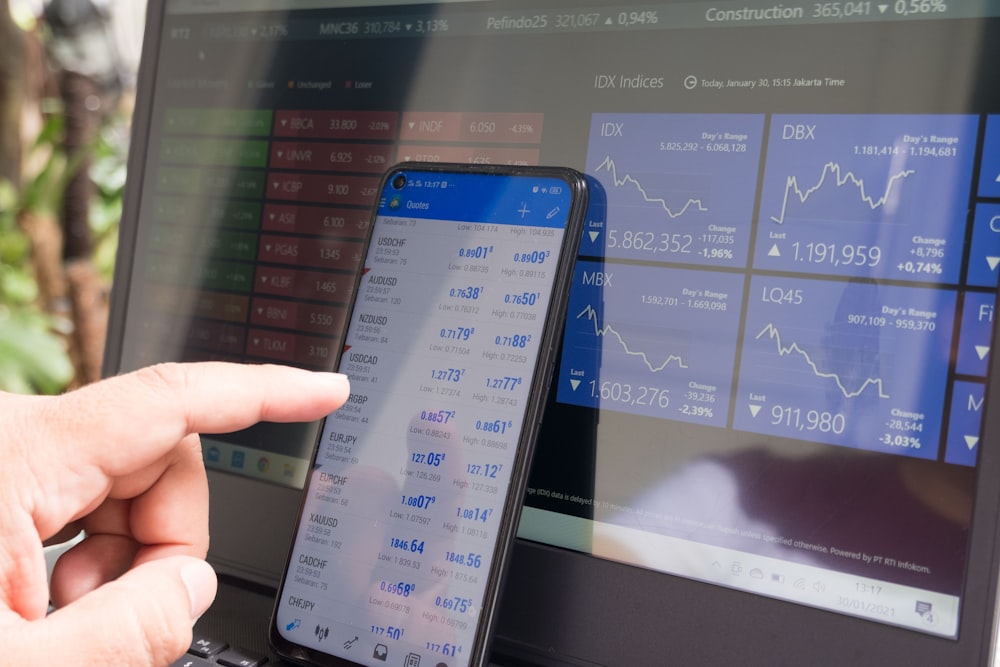

 Today also saw small-cap stocks get hit fairly hard, with the Russell 2000 IWM ETF falling by almost 2.7% on the day. The ETF managed to close below all of the prior tops after just breaking above all of those tops in mid-December. When an asset moves above its prior highs and fails to find support at those prior highs, it is generally not a sign of good things to come. Unless the IWM can quickly turn higher and move back above the $199 level, the outlook doesn’t look good. The big support level for the IWM is the gap around $193; below that, a drop back to $180 becomes possible.
Today also saw small-cap stocks get hit fairly hard, with the Russell 2000 IWM ETF falling by almost 2.7% on the day. The ETF managed to close below all of the prior tops after just breaking above all of those tops in mid-December. When an asset moves above its prior highs and fails to find support at those prior highs, it is generally not a sign of good things to come. Unless the IWM can quickly turn higher and move back above the $199 level, the outlook doesn’t look good. The big support level for the IWM is the gap around $193; below that, a drop back to $180 becomes possible. The 10-year tried to move beyond the downtrend today but failed, giving back some of the moves higher in rates, following the Fed minutes.
The 10-year tried to move beyond the downtrend today but failed, giving back some of the moves higher in rates, following the Fed minutes. For the most part, the Fed minutes didn’t reveal much we didn’t know, which is that the Fed probably isn’t cutting rates as aggressively as the “market” priced in. The other interesting point about the Fed minutes was the conversation around starting to prepare for the eventual end of QT. The Fed will likely end QT before the Reverse Repo Facility drains completely. The point is that the Treasury will issue a lot of debt over the first quarter, and the repo facility may drain much faster than most people expect. There is no clear sign of ample reserves, as it would be the level of reserves needed to fund the overnight market without causing the General Collateral (SOFR) rate to spike. I have seen estimates that reserves need to stay around $3 trillion for reserve balances to remain ample, which makes sense to me, as I have heard Fed officials speak of estimates that are around 10% of nominal GDP, which would be around $2.8 trillion. So, with reserves currently around $3.45 trillion, the days of excess reserve are coming to an end, and that is likely to create a deleveraging event. Because the market cap of the S&P 500 is extremely stretched when compared to current reserve balances. But I’m not going to get into that today.
For the most part, the Fed minutes didn’t reveal much we didn’t know, which is that the Fed probably isn’t cutting rates as aggressively as the “market” priced in. The other interesting point about the Fed minutes was the conversation around starting to prepare for the eventual end of QT. The Fed will likely end QT before the Reverse Repo Facility drains completely. The point is that the Treasury will issue a lot of debt over the first quarter, and the repo facility may drain much faster than most people expect. There is no clear sign of ample reserves, as it would be the level of reserves needed to fund the overnight market without causing the General Collateral (SOFR) rate to spike. I have seen estimates that reserves need to stay around $3 trillion for reserve balances to remain ample, which makes sense to me, as I have heard Fed officials speak of estimates that are around 10% of nominal GDP, which would be around $2.8 trillion. So, with reserves currently around $3.45 trillion, the days of excess reserve are coming to an end, and that is likely to create a deleveraging event. Because the market cap of the S&P 500 is extremely stretched when compared to current reserve balances. But I’m not going to get into that today. More By This Author:History May Come Back To Haunt The Stock Market In 2024
More By This Author:History May Come Back To Haunt The Stock Market In 2024
$7.3 Billion Reasons Why Stocks Are Saved By The Bell
Here’s Why Inflation Rates May Reaccelerate In 2024















